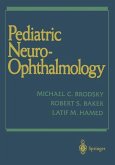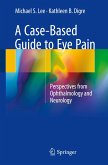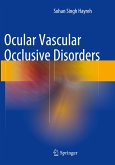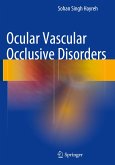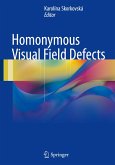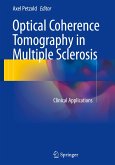This practical guide provides an algorithm for diagnosis and treatment, from 'having some problem with vision', via diagnosis of cause and background, to treatment and eventually to rehabilitation.
Following on from introductory sections devoted to the role of neuro-ophthalmology, recent developments in the field, and an overview of neuro-ophthalmological examinations, there are sections devoted to the different parts of the visual system, and finally a section on rehabilitation.
Neuro-ophthalmology is aimed at ophthalmologists, neurologists, neurosurgeons, traumatologists, neuroradiologists, experts in cardiology and stroke, and trainees in these areas. It will also be of interest to neuro-rehabilitation specialists, neuropsychologists, and those working in typhlopedagogy and health informatics.
Following on from introductory sections devoted to the role of neuro-ophthalmology, recent developments in the field, and an overview of neuro-ophthalmological examinations, there are sections devoted to the different parts of the visual system, and finally a section on rehabilitation.
Neuro-ophthalmology is aimed at ophthalmologists, neurologists, neurosurgeons, traumatologists, neuroradiologists, experts in cardiology and stroke, and trainees in these areas. It will also be of interest to neuro-rehabilitation specialists, neuropsychologists, and those working in typhlopedagogy and health informatics.
"The book really is a tour de force. The illustrations, of which there is an ample number, are generally of excellent quality, including MRIs, CTs, fundus photographs, and visual field reproductions. In summary, there currently are a host of fine textbooks available for the reader who wishes to learn about the diagnosis and management of known or presumed neuroophthalmological disorders, but there is none any better than this one. Get it, read it, and learn from it!" (Neil R. Miller, Journal of Neuro-Ophthalmology, October, 2016)



